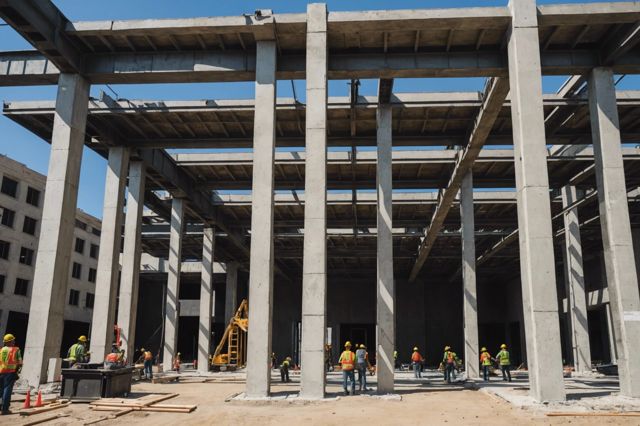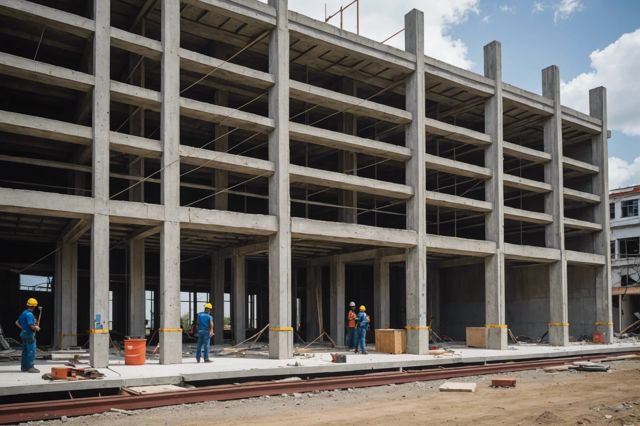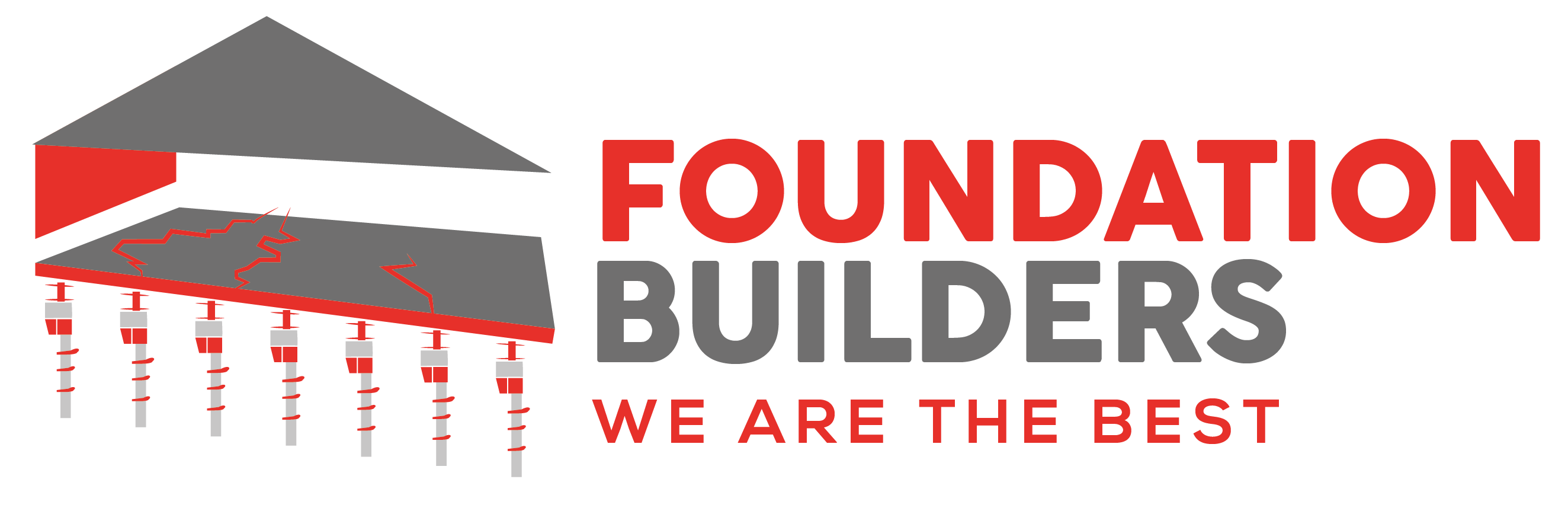In 2023, Los Angeles foundation contractors must comply with enhanced seismic retrofit guidelines to fortify buildings against earthquakes, focusing on structures with weak first floors and large concrete frames. Property owners are responsible for the retrofit costs, though some expenses can be transferred to tenants, emphasizing the city’s ongoing initiatives to improve seismic safety.
Understanding Seismic Retrofit in Los Angeles
In this article, we simplify the official document that is available on Los Angeles city website.
Seismic retrofitting is a process to make buildings safer during earthquakes. Los Angeles is especially focused on this due to its high risk of earthquakes. Here’s why it’s so important:
- Geological Activity: Los Angeles is in a highly active earthquake zone. This makes buildings vulnerable to damage during seismic events.
- Building Codes and Standards: To protect residents, Los Angeles has developed strict building codes. These codes require older buildings to be updated to withstand earthquakes better.
- Past Earthquakes: Historical earthquakes have shown the damage that can occur in this region. Learning from these, the city has pushed for stronger safety measures.
- Current Effort: Los Angeles has been working on a major campaign to retrofit buildings. Over 8,000 buildings have been upgraded, costing around $1.3 billion. There are still many buildings that need this improvement.
- Property Owner Responsibility: Building owners must cover the costs of these upgrades. Sometimes, these costs can be shared with tenants.
This effort is crucial for reducing the risk of building collapse and ensuring the safety of everyone in Los Angeles.

2024 Guidelines for Foundation Contractors
- In 2024, Los Angeles foundation contractors must adhere to updated seismic retrofit regulations. These updates are crucial for enhancing the safety of buildings during earthquakes.
- The city has implemented rules requiring nearly 14,000 buildings to undergo retrofitting. This focus is mainly on buildings with weak first floors and those made with large concrete frames.
- Property owners bear the retrofitting costs, but they can transfer some of these expenses to tenants. This financial responsibility is part of the city’s efforts to improve earthquake safety.
- Despite significant advancements, with over 8,000 buildings already retrofitted at a cost of about $1.3 billion, experts indicate more work is needed. Steel-frame buildings, in particular, remain a concern due to their vulnerabilities in past earthquakes.
Case Studies of Successful Seismic Retrofits
- Los Angeles has made significant strides in earthquake safety, retrofitting over 8,000 buildings. This effort is part of a larger campaign aiming to address vulnerabilities in roughly 14,000 structures identified as risky.
- The focus of the retrofitting regulations targets buildings with weak first floors and large concrete-frame structures. These types of buildings are more likely to suffer damage during a major quake.
- Property owners bear the financial responsibility for these upgrades. They can, however, transfer some of these costs to tenants, which helps manage the economic burden of retrofitting.
- Despite the progress, experts warn that challenges remain, especially with steel-frame buildings, known for their risks in earthquakes. This highlights the ongoing need for comprehensive strategies in seismic retrofitting.

Future Trends in Seismic Safety
Emerging trends and advancements in seismic retrofit technology are shaping the future of earthquake safety. Innovations focus on enhancing the resilience of structures to withstand seismic events. Here’s what to expect:
- Increased Use of Technology: Advanced materials and engineering practices are being integrated into retrofitting processes to improve the strength and flexibility of buildings.
- Research on New Methods: Ongoing studies aim to develop more effective retrofitting techniques that can be applied quickly and cost-effectively.
- Focus on Vulnerable Buildings: Efforts continue to identify and retrofit seismically vulnerable buildings, especially those with soft first floors or large concrete frames.
- Regulatory Advances: Updates to building codes and regulations are likely, pushing for broader adoption of retrofitting practices.
These advancements promise to significantly influence how seismic retrofitting is approached in Los Angeles and other earthquake-prone areas.

FAQ
What is seismic retrofitting?
Seismic retrofitting is a process aimed at making buildings safer during earthquakes. It involves updating older buildings to meet current standards so they can better withstand seismic events.
Why is seismic retrofitting particularly important in Los Angeles?
Los Angeles is in a highly active earthquake zone, making buildings vulnerable to damage during seismic events. Historical earthquakes have shown substantial damage which can occur, prompting the city to enforce stricter building codes and engage in major retrofitting campaigns.
How many buildings in Los Angeles have been retrofitted, and what is the projected cost?
Over 8,000 buildings have already been retrofitted in Los Angeles, costing approximately $1.3 billion. However, there are around 6,000 more buildings that still need to undergo retrofitting to enhance their safety.
What types of buildings are primarily targeted for retrofitting in Los Angeles?
The main focus is on buildings with weak first floors and those constructed with large concrete frames, as these types of structures are more likely to suffer damage during major earthquakes.
Who bears the cost of seismic retrofitting in Los Angeles?
Property owners are primarily responsible for covering the costs of seismic retrofitting. However, they are allowed to transfer some of these expenses to tenants to help manage the financial burden.
What are the 2024 guidelines for foundation contractors in Los Angeles regarding seismic retrofitting?
In 2024, Los Angeles foundation contractors must adhere to updated regulations focusing on enhancing the earthquake resilience of buildings. This includes specific directives on retrofitting buildings with weak first floors and large concrete frames.
What future trends are expected in seismic safety and retrofitting technologies?
Future trends in seismic retrofitting include the increased use of advanced materials and engineering practices, ongoing research into more effective retrofitting techniques, a continued focus on identifying and retrofitting vulnerable buildings, and probable advances in regulatory standards to ensure broader adoption of retrofitting practices.

